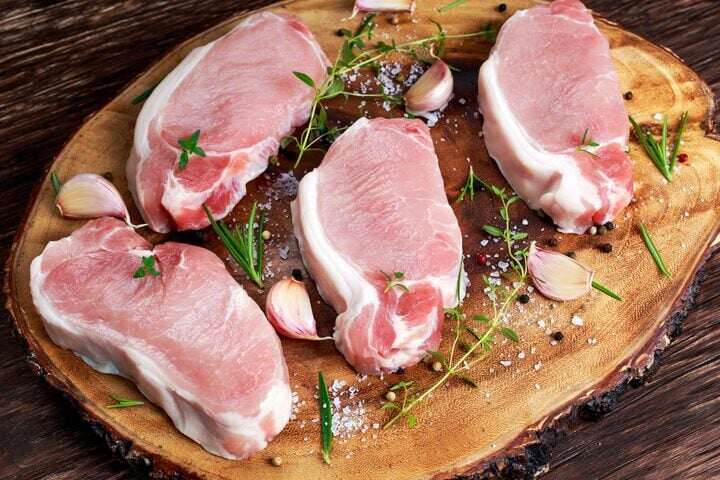
Purchasing meat is a common practice, but proper storage is essential to maintain its freshness and quality. Many people tend to rinse the meat and immediately store it in the refrigerator. However, professional chefs recommend against this practice as it can lead to moisture loss and the formation of ice crystals on the meat’s surface, resulting in dry and less flavorful meat during cooking.
Here are detailed instructions on how to properly handle and store pork to retain its taste and nutritional value over an extended period:
Divide the meat into portions for each meal
Upon purchasing meat, it is advisable to divide it into smaller portions sufficient for each meal. This practice offers convenience and prevents the need for frequent thawing and refreezing of unused portions, which can significantly affect the meat’s quality.
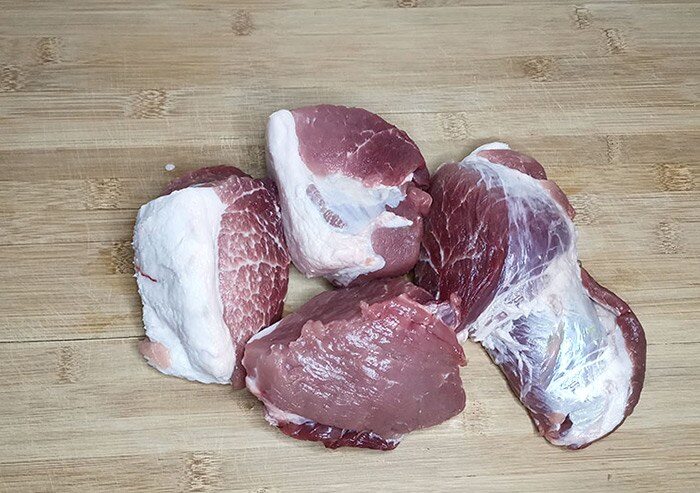
Thoroughly clean before freezing
Pork, when displayed for sale, is exposed to air and the environment, increasing the risk of bacterial contamination and dirt. Therefore, before freezing, it is essential to soak the meat in clean water mixed with a little salt, white vinegar, and some flour for about 20 minutes. Afterward, rinse it two to three times with clean water to ensure hygiene.
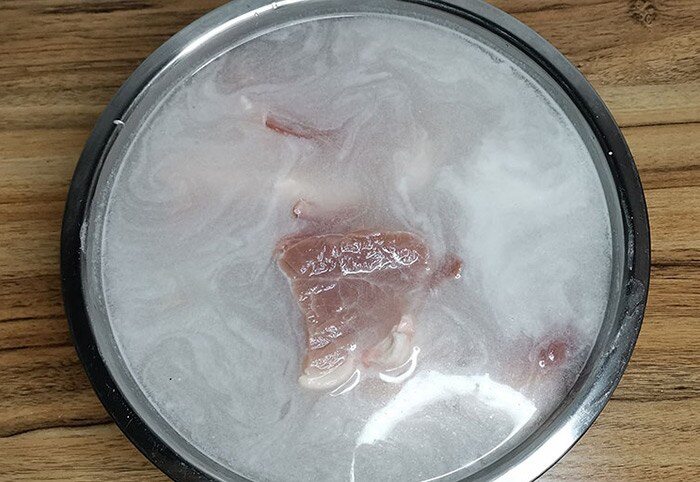
Pat the meat dry to remove moisture
After rinsing, use paper towels to thoroughly pat dry the meat’s surface. This step is crucial, as freezing wet meat will result in ice formation, damaging the meat’s surface structure and affecting its taste after thawing.
Apply a thin layer of cooking oil
Coat the entire piece of meat with a thin layer of cooking oil. This lesser-known tip is highly effective. The oil creates a protective barrier, locking in moisture and minimizing air contact with the meat’s surface, ensuring it remains tender and flavorful.
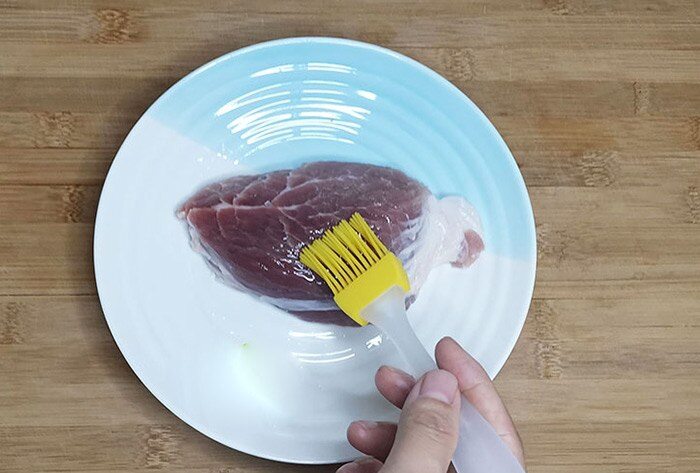
Wrap tightly with plastic wrap or vacuum seal
Once the meat is coated with oil, wrap each portion tightly with plastic wrap or use specialized bags designed for food storage. When wrapping, ensure you press out as much air as possible to prevent ice crystal formation and maintain the meat’s freshness.
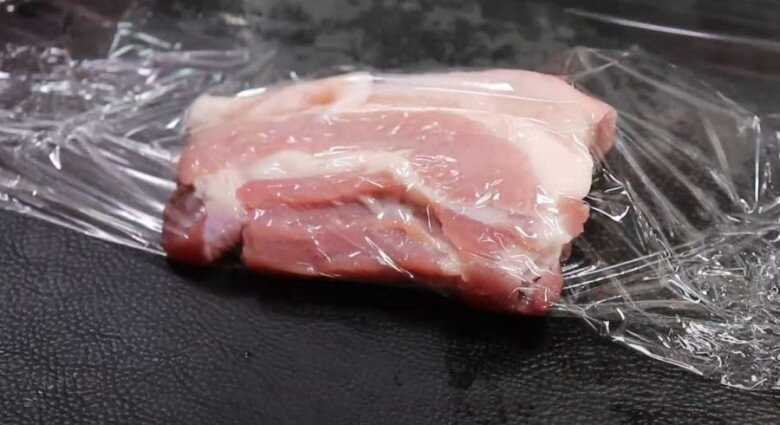
Store in the freezer for long-term preservation
Finally, arrange the packaged meat portions in the freezer. When needed, simply thaw the required portion at room temperature or use the microwave’s defrost setting. By following these steps, the pork will retain its sweetness, tenderness, and flavor even after freezing.
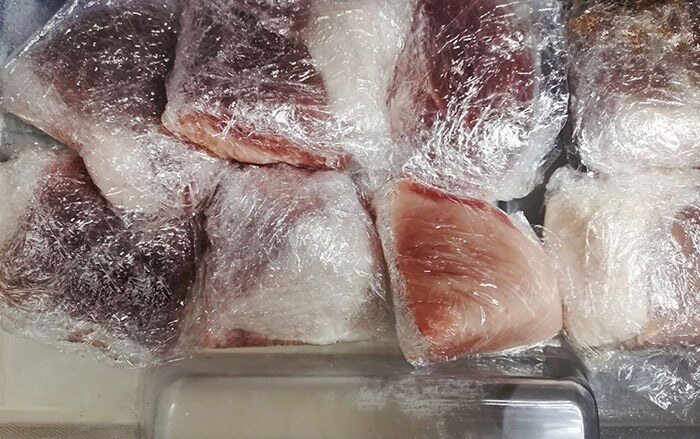
Proper food storage not only saves time but also contributes to the well-being of your family. Incorporate these simple tips into your routine to ensure your meals are always as delicious as if you had just purchased the ingredients!
Discover more about common mistakes to avoid when storing these three types of food in the refrigerator.
The Pig’s Dirty Little Secret: What You Should Never Buy at the Butcher’s
Are you aware of the dangers lurking in your grocery store’s meat section? It’s time to uncover the truth and learn about the parts you should absolutely avoid, regardless of the tempting price tags or even if they’re given for free. Uncover the experts’ advice on the one cut of meat that should never be on your plate, all for the sake of your health and hygiene.



































